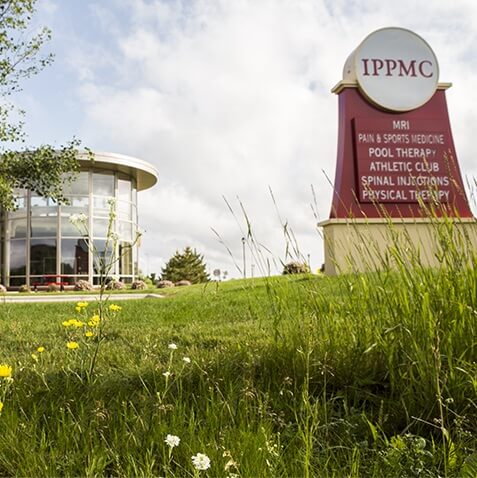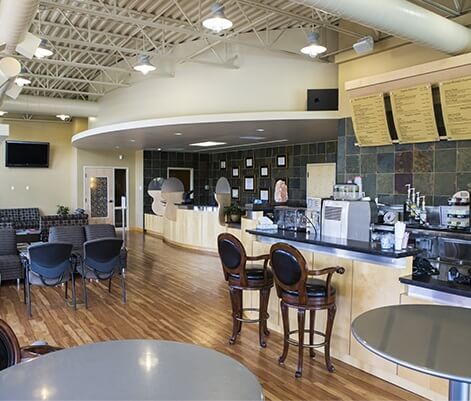What is spinal stenosis?
Spinal stenosis is the narrowing of one or more regions of the spine. It is often caused by osteoarthritis-related bone damage. Spinal stenosis can place pressure on the spinal cord and the nerves that extend from it in the restricted regions. Symptoms are progressive and may include cramping, pain or numbness in the legs, back, neck, shoulders, or arms. They may also include a loss of feelings in the extremities, loss of balance, or trouble with bladder or bowel functions. Various tests may be used to diagnose spinal stenosis including an X-ray, MRI, CT scan, CT myelogram, or bone scan.
How is spinal stenosis treated?
Treatment options vary, depending on the severity of symptoms. Symptoms may be treated with pain relievers, physical therapy, a supportive back brace, epidural steroid injections, nonsteroidal anti-inflammatory drugs, or surgery.
Adapted from www.mayoclinic.com


